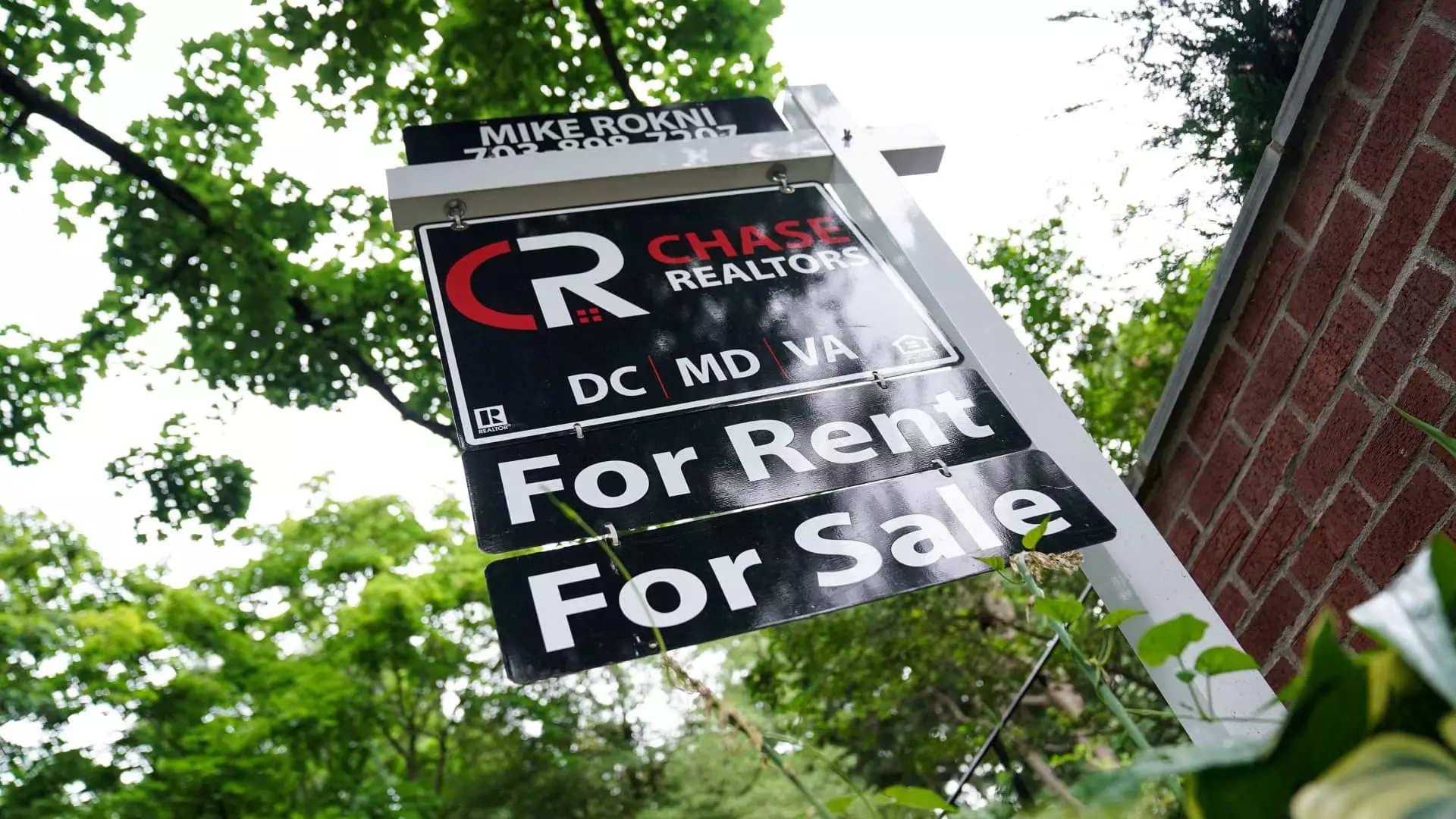The U.S. real estate market experienced a notable decline in the sale of pre-owned homes during September 2023, showing a 1% drop from August figures. The seasonally adjusted annualized sales rate sank to 3.84 million units, marking the lowest level since October 2010. The year-over-year comparison reveals that sales in September were 3.5% lower than the same month a year earlier. This trend indicates a persistent stagnation, which has characterized the housing market for the past year, with specific regions experiencing variance in performance.
A detailed analysis of regional sales shows that while the West region marked an uptick in transactions, three other major U.S. regions reported declines. This geographical inconsistency highlights the localized nature of housing markets, where economic conditions, population growth, and employment opportunities can significantly impact home sales. The varying degrees of buyer activity across the country underscore the need for prospective buyers and investors to consider regional factors when navigating their real estate decisions.
The trajectory of mortgage rates provides crucial context for understanding the sales slump. Beginning July at nearly 7% for 30-year fixed mortgages, rates decreased gradually, concluding August just below 6.5%. Presently, mortgage rates are over a full percentage point lower than in the previous year, a change that could facilitate higher transactionactivity. However, this reduction in borrowing costs has not yet translated into an increase in sales volume, suggesting that other factors might be at play, such as buyer sentiment and economic uncertainty.
One noteworthy development is the slight uptick in housing inventory, which rose by 1.5% in September, totaling 1.39 million homes available for sale. This translates to a 4.3-month supply at the current sales pace, a modest ease compared to previous months. Lawrence Yun, chief economist for the National Association of Realtors, recognized this increase as beneficial for buyers, allowing for a broader selection before making purchasing decisions. Nonetheless, the inventory of distressed properties remains scarce due to low mortgage delinquency rates, with distressed sales accounting for only 2% of overall transactions, maintaining upward pressure on prices.
Price Trends and Buyer Behavior
The median price for existing homes in September reached $404,500, reflecting a 3% increase year over year. This marks the fifteenth consecutive month of annual price growth, signifying a challenging environment for prospective buyers. Cash transactions dominated the market, constituting 30% of sales, a notable shift from pre-COVID figures where cash buyers represented around 20%. Interestingly, while investor participation has slightly diminished, first-time homebuyers have retreated further, making up only 26% of September sales, illustrating the hurdles new entrants face in the current landscape.
The housing market in September 2023 presents a complex tableau of stagnation amidst signs of potential recovery. While increased inventory is a positive sign for buyers, rising prices and a lower percentage of first-time buyers raise concerns about long-term market sustainability. As we move forward, understanding the intricate interplay of these factors will be crucial for stakeholders looking to navigate the real estate landscape effectively.

